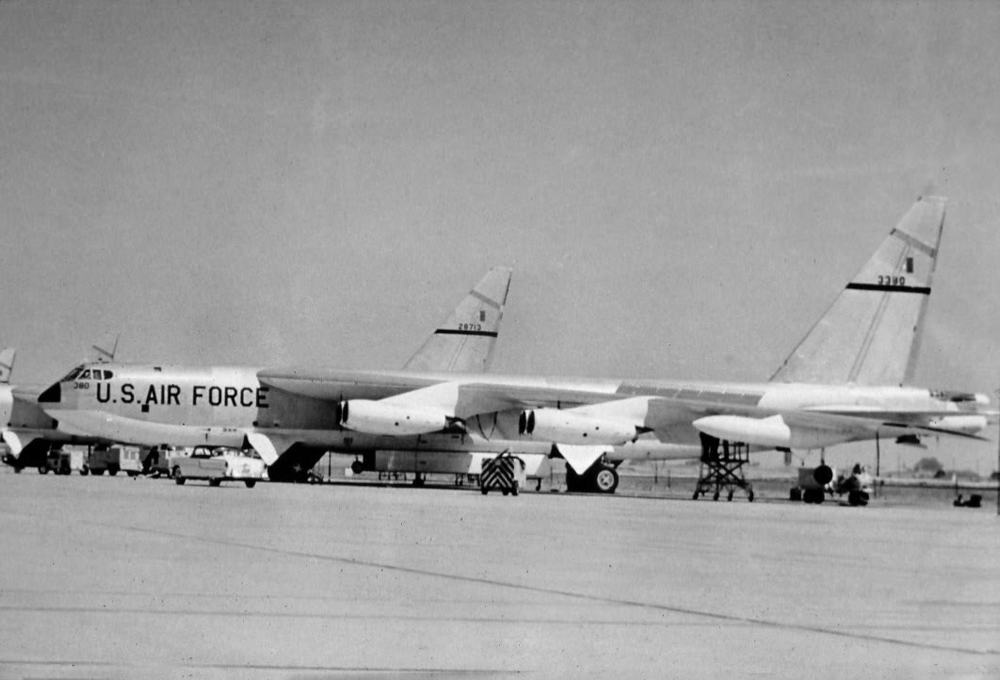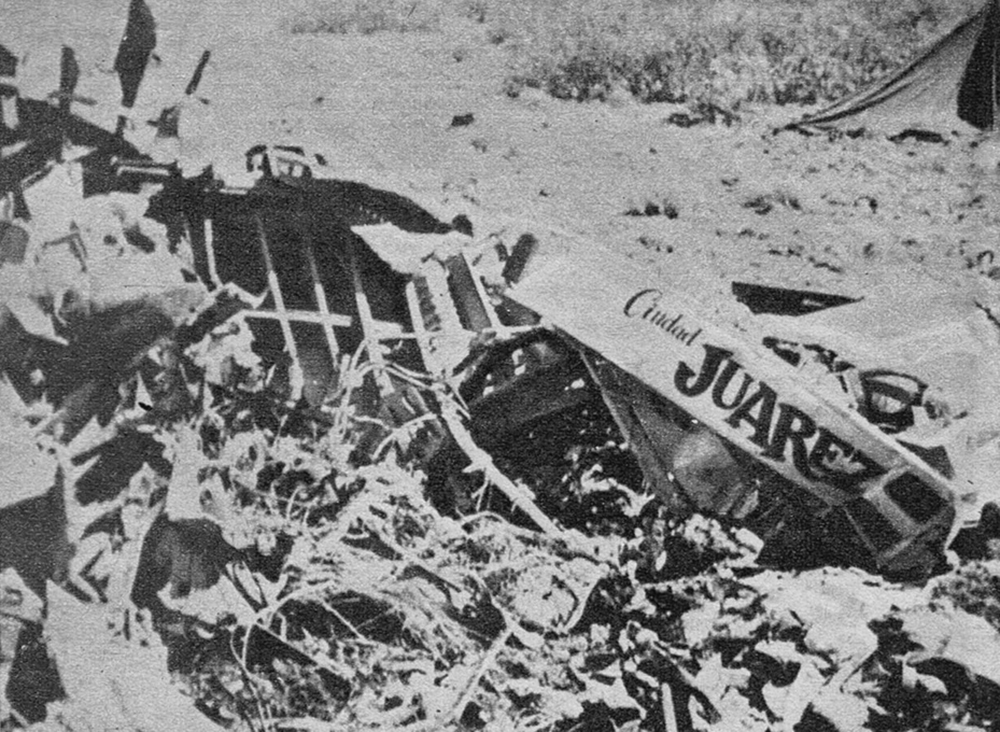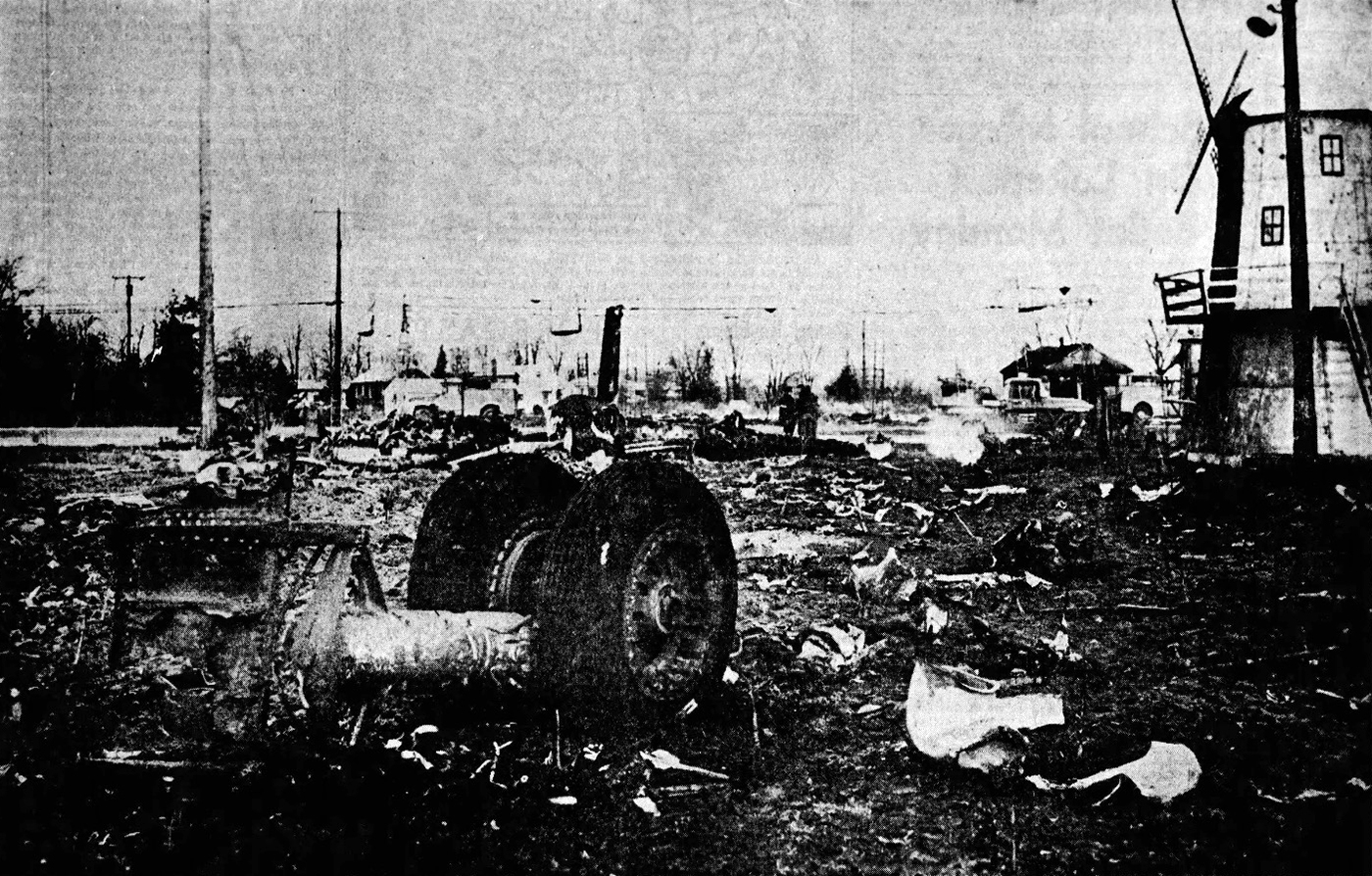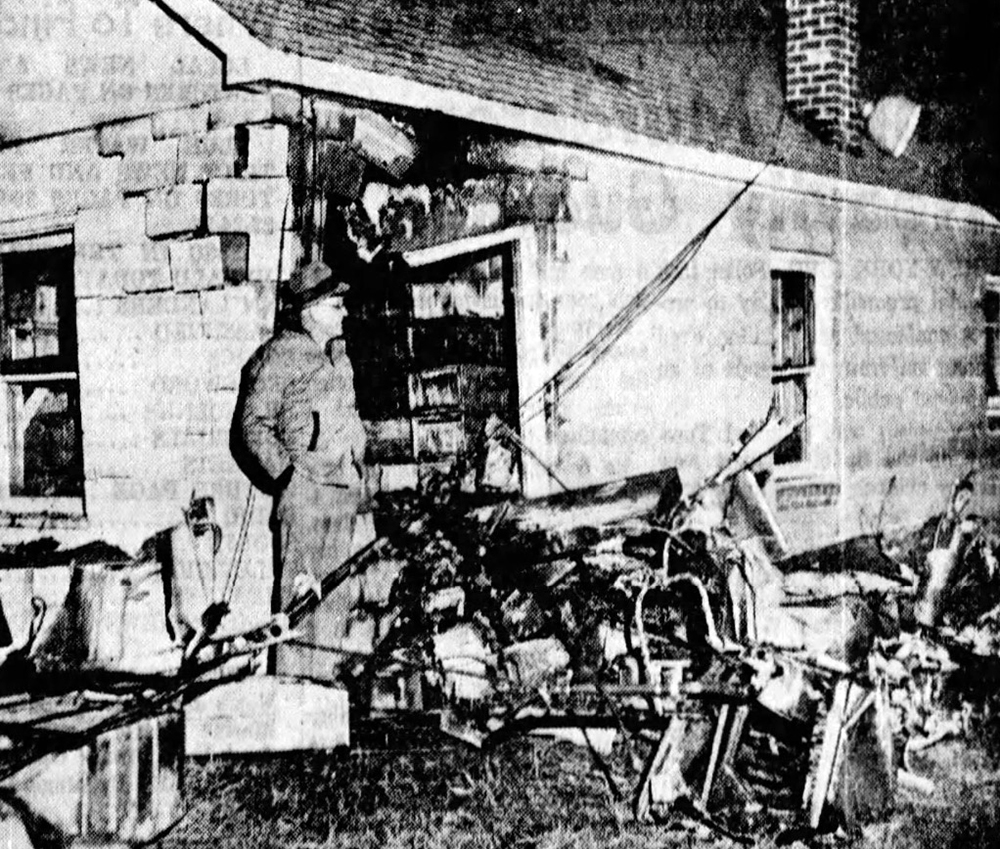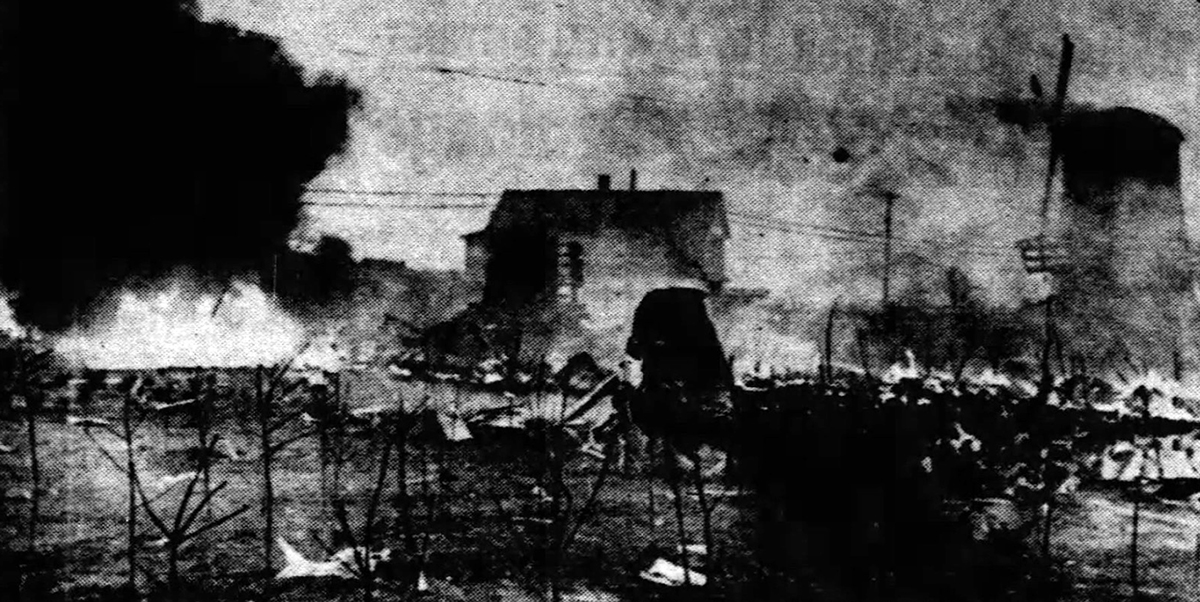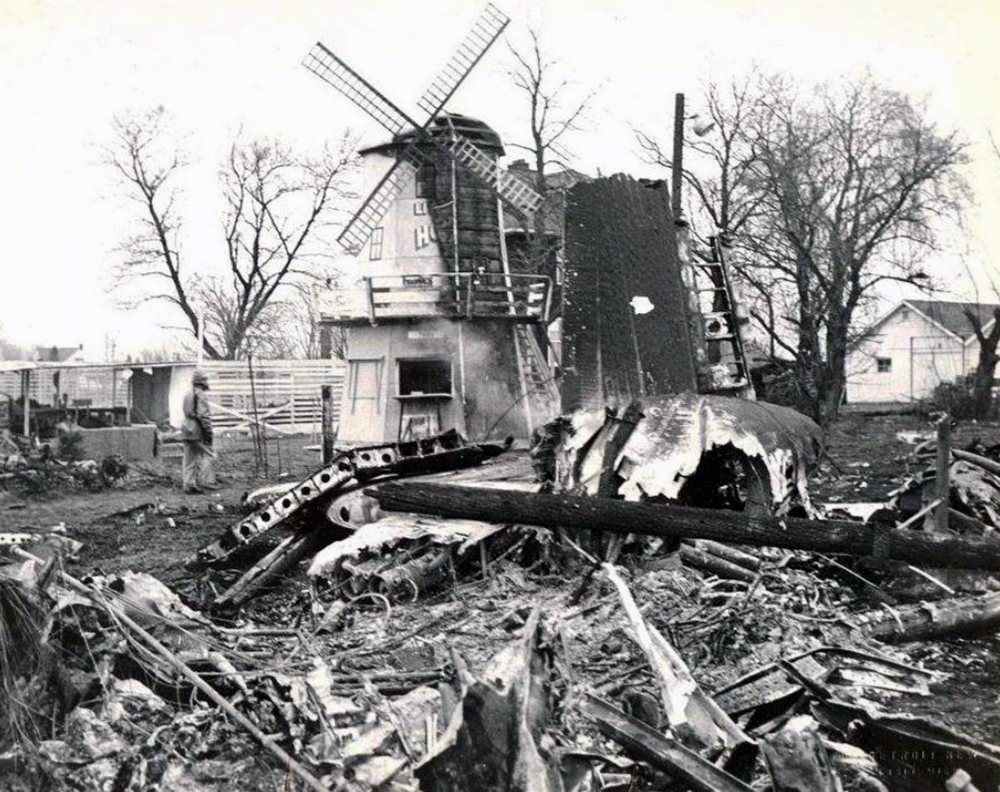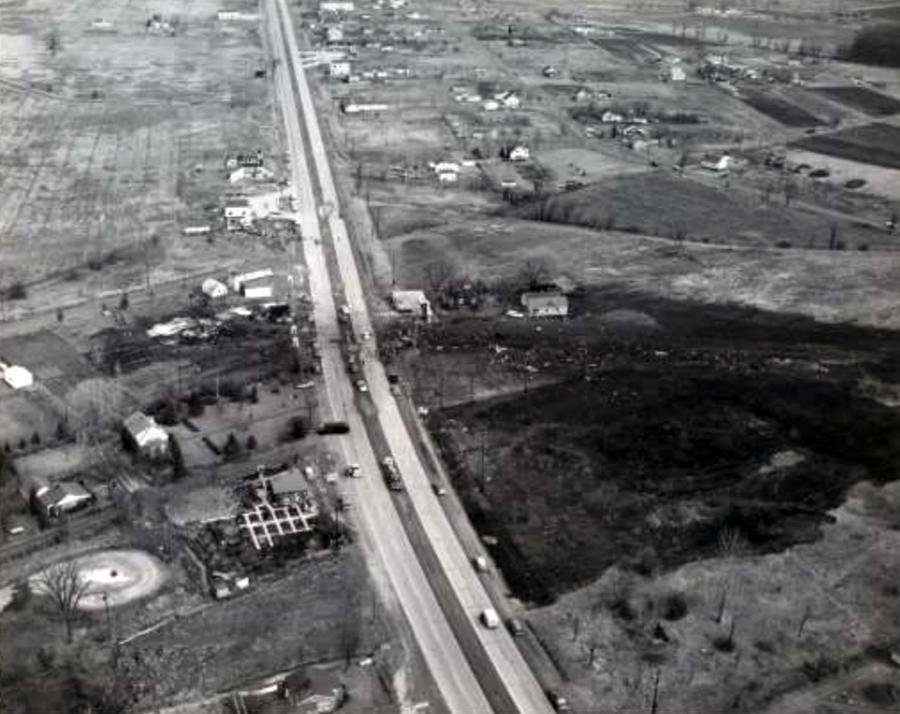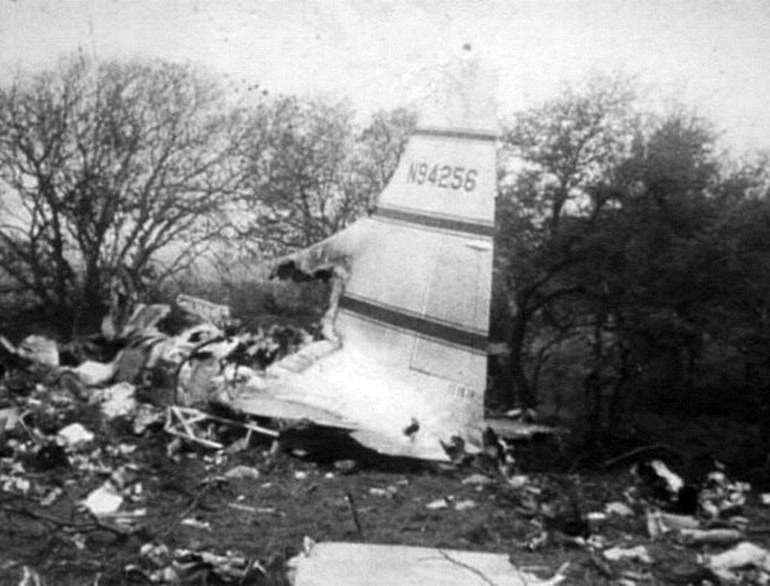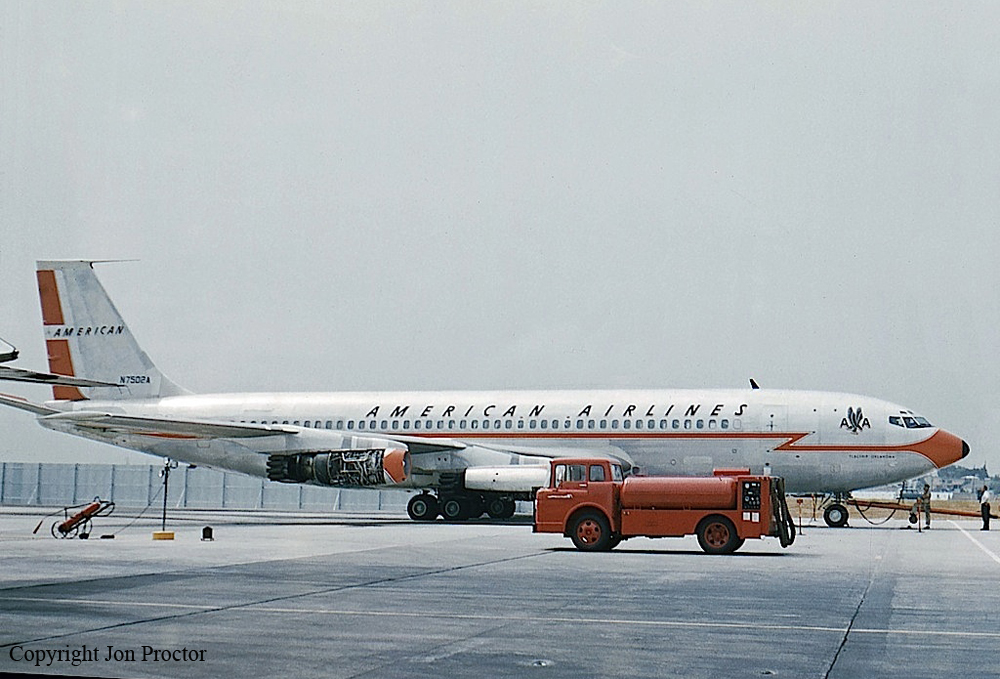Crash of a Boeing B-52B-30-BO Stratofortress on Mt Taylor: 3 killed
Date & Time:
Apr 7, 1961
Registration:
53-0380
Survivors:
Yes
Schedule:
Biggs - Biggs
MSN:
16859
YOM:
1953
Crew on board:
8
Crew fatalities:
Pax on board:
0
Pax fatalities:
Other fatalities:
Total fatalities:
3
Circumstances:
The aircraft christened 'Ciudad Juarez' departed Biggs AAF on a training mission with two F-100A Super Sabre. After five simulated missile passes followed by tail-chase gun "attacks" van Scyoc, the 188th's Safety Officer, hauled his fighter round for a final Sidewinder practice. He was closing with the bomber when his No. 2 AIM-9B suddenly left its rail, homed on to the B-52's left inboard engine pod and exploded, severing the wing. The B52 went out of control and entered a dive. Three crew members were able to bail out before the airplane crashed on Mt Taylor and was destroyed, killing five other crew members.
Crew:
Cpt Donald C. Blodgett, pilot,
Cpt Ray C. Obel, copilot,
Cpt Peter J. Gineris, navigator, †
Cpt Stephen Carter, bombardier, †
Cpt George D. Jackson, ECM,
2nd Lt Glenn Bair, ECM student, †
S/Sgt Ray A. Singleton, gunner,
S/Sgt Manuel L. Mieras, maintenance controller.
More info on:
http://www.angelfire.com/dc/jinxx1/images/Shootdown.html
Crew:
Cpt Donald C. Blodgett, pilot,
Cpt Ray C. Obel, copilot,
Cpt Peter J. Gineris, navigator, †
Cpt Stephen Carter, bombardier, †
Cpt George D. Jackson, ECM,
2nd Lt Glenn Bair, ECM student, †
S/Sgt Ray A. Singleton, gunner,
S/Sgt Manuel L. Mieras, maintenance controller.
More info on:
http://www.angelfire.com/dc/jinxx1/images/Shootdown.html
